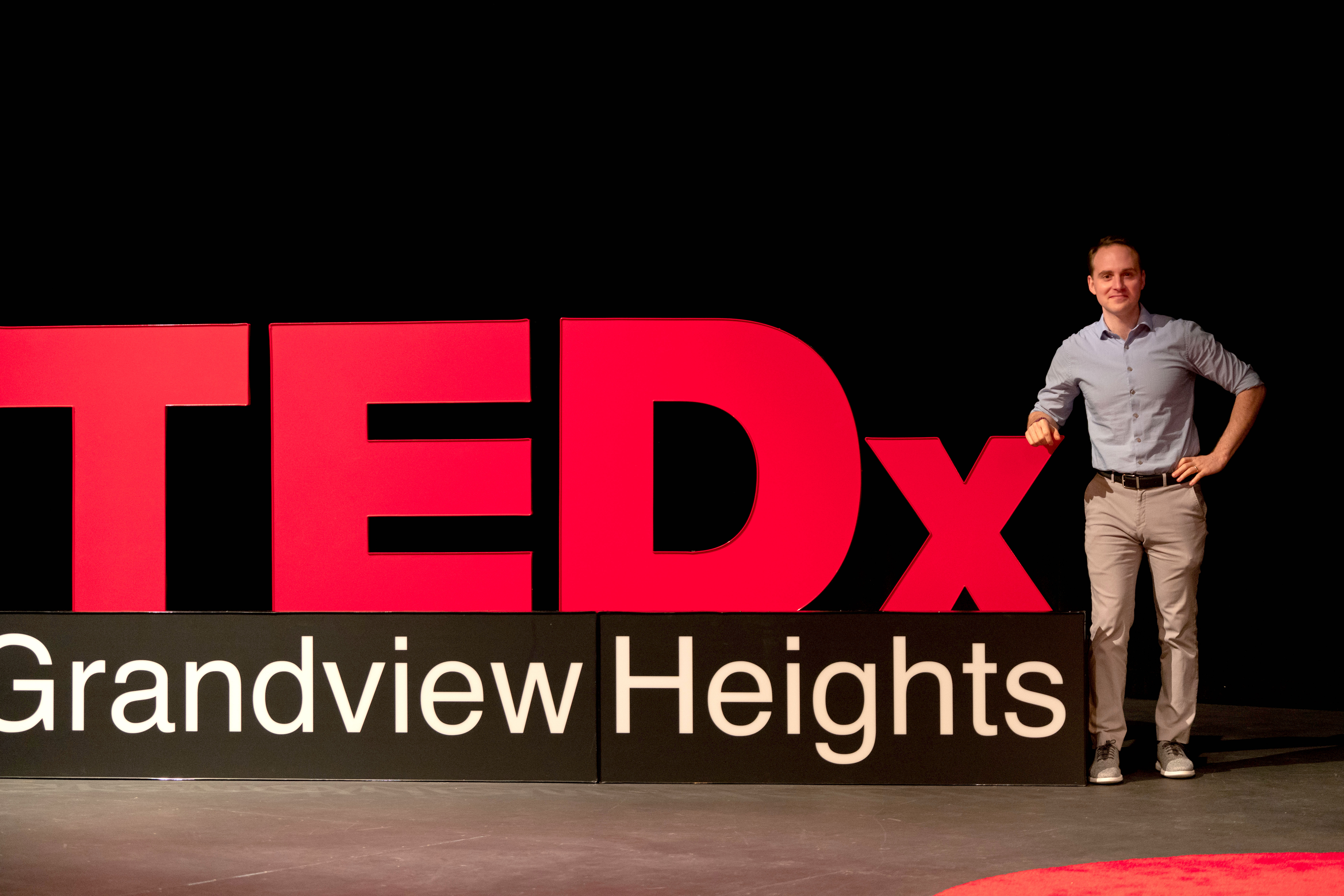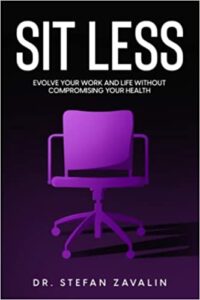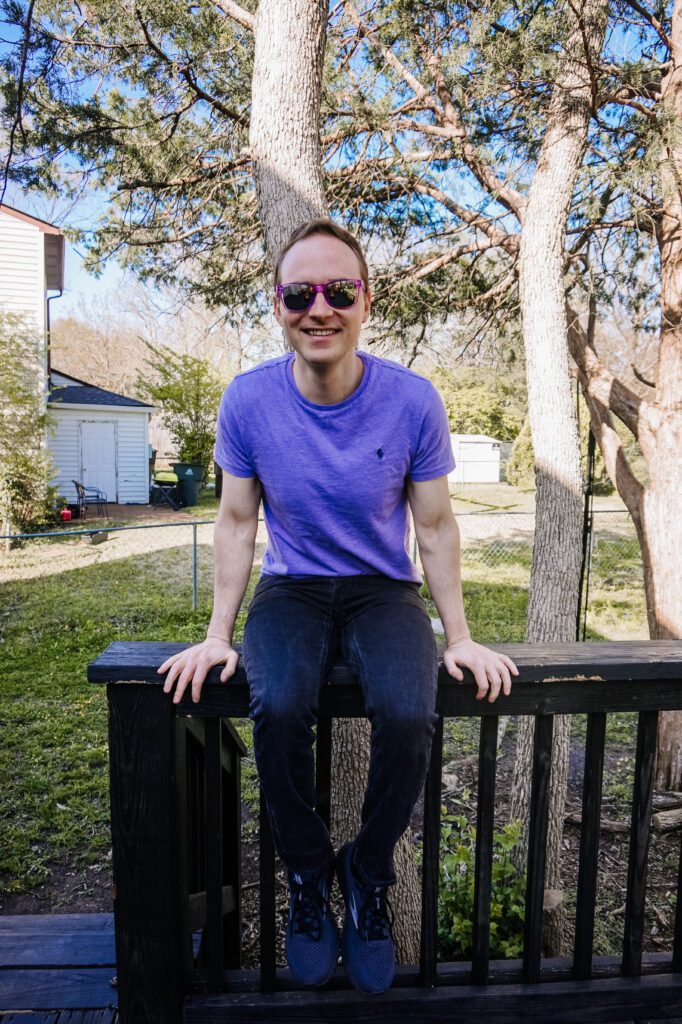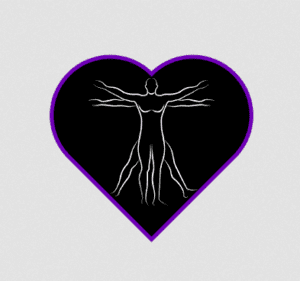I am energized to bring you this important topic at the heart of work-life wellness – the perils of sitting and how it’s compromising our health. Whether we’re working or relaxing, many of us find ourselves sitting much of the day, and my two episodes with Dr. Stefan Zavalin explore why we must stop this habit: too much sitting is dangerous to our body and mind.
Dr. Stefan Zavalin is a movement enthusiast and doctor of physical therapy. He started a company, Love to Move, to address the sedentary aspects of work culture and how we should evolve our desk jobs. He recently published a book: Sit Less: Evolve Your Work and Life Without Compromising Your Health and also took to the TEDx stage to speak on the subject.

What inspired you to focus specifically on sitting less, and publish Sit Less: Evolve Your Work and Life Without Compromising Your Health?
Dr. Zavalin explains how we’re constantly pushed to exercise more, yet there is only so much time we have to add exercise into our busy lives. This led him to ask: what if we reduce the bad thing, which is sitting too much? So instead of thinking about moving more, we think about how we can sit less? This mindset shifts how we approach our work and wellness overall.
His recently published book Sit Less: Evolve Your Work and Life Without Compromising Your Health, is written as a “3 in 1”. Part 1 of each chapter is a story where we follow the main character, Alice, as she evolves how much she is sitting versus moving. Part 2 is informative, more about the whys behind sitting less. The final part addresses 3 steps you can immediately take to improve your wellness. It is a very approachable and digestible book!

“This led him to ask: what if we reduce the bad thing, which is sitting too much? So instead of thinking about moving more, we think about how we can sit less. This mindset shifts how we approach our work and wellness overall.”
How do current work cultures, whether at an office or from home, impact our physical and mental health?
Interestingly, Dr. Zavalin explains how entrenched our language is around sitting at the office. For example: “Come in and grab a seat. Let’s sit down to get started.” Data suggests that, prior to the pandemic, the average professional spent 12-15 hours per day sitting. During the pandemic it has likely been even more – we were not walking around an office and we had reduced commutes, which did include more walking to and from the car or from transit.
According to Stefan, after only about 30 minutes of sitting, less blood is flowing to our brain. Turn that into 2-3 hours, and you’re then depriving blood flow and oxygen to your brain which impacts your focus and mental health. At 6 or more hours of sitting, we face an increased risk of anxiety and depression. At 8 hours, we double our risk of cardiovascular disease. However, anxiety, depression and cardiovascular disease are all reducible with exercise. Alarmingly, though, at 11 plus hours of sitting per day, we have a 40% increased risk of premature death! According to Dr. Zavalin, this is not seemingly reversed with exercise. So…we need to reduce the sitting: sitting less will lead to moving more.
As a starting point, challenge yourself to track how much time of the work day you’re not moving. How many steps are you getting throughout the day? Track these on your watch or smart phone. You may be surprised by how few steps you are actually getting (most of us need many more).
What role does exercise have in undoing the effects of sitting for prolonged periods during our work days?
Moving more is a great place to start with 30 minutes a day (walking, a yoga class, etc.). A brilliant video Dr. Zavalin recommends is called 23 and 1/2 Hours on YouTube. Exercise helps to a degree but it doesn’t have to be intense. We need about 150 minutes of moderate exercise a week: 30 minutes a day. That’s the minimum. But try to get an hour of movement a day (this can include walking and house chores).
Stefan explains 4 categories: 1) movement (movement is not the same as exercise), 2) mobility and stretching (expressing all the ways your body can move), 3) cardio (elevating your heart rate, breathing a bit heavier, but doesn’t have to be “all out” intense, and, 4) strength training – it has its place but it’s not where we need to start (i.e., only if all the others are in place).
Adapt parts of your day or tasks to be associated with movement to break up the sitting. For example, stand for zoom meetings. Walk for calls. Start with small increments; if you’re used to sitting a lot your body needs to be eased into this.
What is your advice for people to best break up prolonged sitting, outside of exercise?
The ideal is taking a short break every 30 minutes (you could start with every hour). Set a timer and make sure you couple it with a specific task you’re going to do (a quick load of laundry, getting a glass of water).
Adapt parts of your day or tasks to be associated with movement to break up the sitting. For example, stand for zoom meetings. Walk for calls. Start with small increments; if you’re used to sitting a lot your body needs to be eased into this (e.g., it could be a few minutes of standing each time while you’re getting used to this).
We need to start shifting cultures so standing at a meeting isn’t unusual. Could we label certain meetings as standing meetings? Dr. Zavalin highlights how it takes some practice to get your productivity up when you’re not used to standing or walking during meetings. Standing desks only go so far, according to Stefan. We need to develop the cultures and habits around it. We need to get into patterns and habits to move more, whether we’re working from home or an office. For example, he developed the habit of standing for Zoom meetings. Now, he can tell how his back is feeling based by his number of Zoom calls. The more Zoom calls, the better Dr. Zavalin’s back feels!
Dr. Stefan, you have an inspirational story. Tell us about your journey of completing a Doctorate in Physical Therapy while becoming legally blind?
Dr. Zavalin explains: I was having some light sensitivity in my first semester of grad school. I wasn’t getting better, and had a lot of inflammation. This ended up being a parasite in my eye, which was not diagnosed early on. I got it from tap water in Philadelphia. By that point it had been months: this condition resulted in several surgeries. I ended up with nerve damage which rendered me legally blind. My graduate school was very supportive and enabled me to finish my doctoral degree. The beauty of my physical therapy work was that a lot of it was hands on. Movement and exercise helped me get through a lot of tough times.

How do you hope Love to Move will make a difference for people?
We nicked named it “a movement movement”: a global cultural change around how work is done. People’s habits need to be changed – the culture of working too much seated at a desk is unhealthy. Movement plays a big role in building healthy workplace cultures.
What is one book and one podcast you’d recommend to help people learn more about improving their work-life wellness, and in particular, their energy levels?
- Kourting Happiness. This podcast has great energy and inspiration.
- My book: Sit Less. “Frequency and consistency trumps intensity”…
- “You’re a Bad Ass at Making Money” by Jen Sincero. It is a mindset versus a money book. Helps to give hope and happiness. And to be financially secure in your life. Tips at the end of each chapter inspire your next steps. Helps us think what we want out of life and how money supports that.
Movement and exercise helped me get through a lot of tough times.
If you could have one wish for a better world when it comes to work/life, what would it be?
That people stop compartmentalizing everything in life so much. Work should be part of life – we should be alive when we’re working. Treat employees as human beings!
About Stefan Zavalin:

Stefan Zavalin is a Doctor of Physical Therapy with a passion for movement and health. After a few years working in the physical therapy world, Dr. Zavalin started a consulting business, Love to Move, to help office workers reduce sitting time. The vision: change the American work culture to help bring more movement to the everyday life of office workers to maintain their health, wellness, and ultimately, the longevity of their lives. In his free time, he likes to write songs on piano and guitar, critique a good cup of coffee, and play board games with his wife and friends.
You can learn more about Love To Move at www.stefanzavalin.com.




